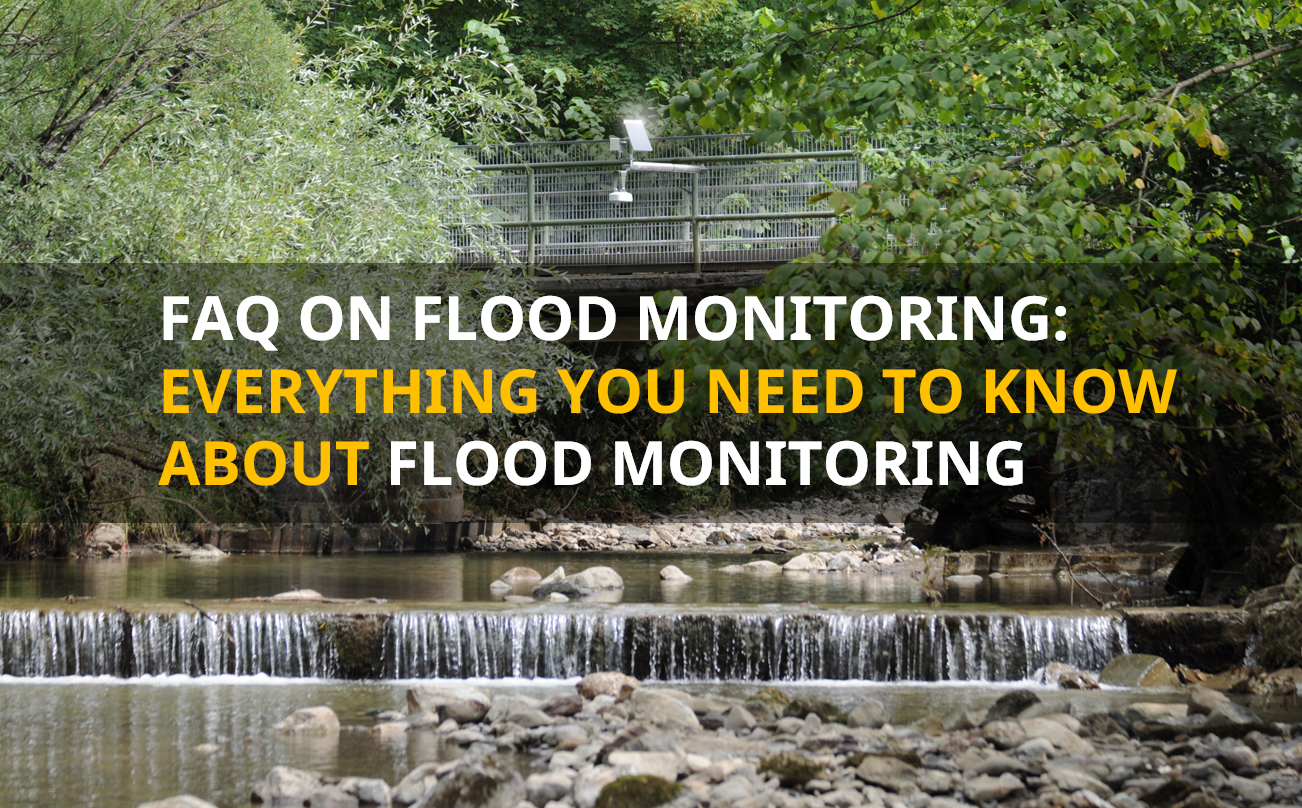The following article deals with the compilation of Road Weather Information Systems (RWIS) & helps to choose the right components…
There are two types of RWIS: Ice Detection Systems and Traffic Control Systems/ Traffic Management Systems (VMS).
Ice detection systems
Ice detection systems are mainly used for winter service and provide information on wind strengths, wind directions, precipitation, barometric pressure, temperatures and relative humidity. For this, about 70% of our customers use the Lufft WS600 all-in-one weather sensor, which covers all the mentioned parameters simultaneously.
In addition, a road weather sensor is connected, which observes the conditions on the road surface. There are surface-embedded and non-invasive, spectroscopic sensors. Examples of embedded road weather sensors are the active ARS31Pro and the passive IRS31Pro from Lufft. The ARS31Pro is equipped with a Peltier element and calculates freezing point temperatures independently from the de-icing chemicals by using active heating and cooling. Moreover, it measures surface temperatures. The passive IRS31Pro detects road surface temperatures, water film heights up to 4 mm, freezing point temperatures for various de-icing agents (NaCl, MgCl, CaCl), road conditions (dry / wet / wet / ice or snow, moist with salt, wet with salt), frictions & ice percentages. Optionally, two additional depth temperature sensors can be attached, typically in 5 and 30 cm depth.
Both sensors are equipped with a two-part housing, making maintenance very easy, as the inner part can be removed without big effort. In Germany, the combination of ARS31, the embedded road weather sensor measuring freezing temperautre independently from the de-icing mixture, and IRS31Pro is typically used at airports as there are different types of de-icing than on the road, such as Formic acid. Also, this combination is recommended for highways.
Examples of non-contact road sensors are the NIRS31 and the StaRWIS. They issue the same parameters as the built-in sensors, but are based on a spectroscopic measuring principle.
The NIRS31 or the StaRWIS are particularly suitable for measuring points at which an opening of the road would be very complicated, or the depth of the surface is limited, as it is the case on for bridges.
The station’s data is transferred using standard units via TLS (Transport Layer Security), GPRS and Ethernet. The Lufft industrial computer LCOM with USB, GPRS modem (RS232), party line modem (RS232) or UMB bus (RS485) interfaces enables various types of transmission via TLS, NTCIP, TLS over IP and GPRS (Asfinag), DGT, XML (Asfinag) or Synop, making it a very flexible module.
In Germany, the data transmissions of ice alert systems must take place via TLS, GPRS and Ethernet transmission as well as through a so-called Input Output Concentrator for the TLS.
To make sure that the stations measure accurate during the peak season, I recommend calibrating and, if necessary, to adjust all stations shortly before the onset of winter. On request, this can be done on-site by a Lufft service employee.
Traffic Control Systems
Traffic management or control systems (VMS) are different from Ice Alert Systems because they specialize more in the determination of precipitation. For this, the WS600, the brand new WS100 radar precipitation sensor as well as spectroscopic surface sensors (NIRS31 or StaRWIS), which provide an excellent measurement of water film heights, are a good choice. Of course, this also works with the invasive road sensor IRS31Pro, because the radar measurement of the water film height also works very well. Here customers are spoiled for choice. Often visibility sensors such as the VS2k or the VS20k are also part of a VMS, e.g. to recognize visibility limited by fog.
The opto-electronic, non-contact sensors are usually mounted on gantries.
The data transfer takes place in the same way as with the ice alert systems.
With the aid of the Lufft all-in-one sensors, variable traffic signs can be controlled, which then, for example, reduce the speed limit when there is a risk of aquaplaning due to high water films or due to poor visibility.
To ensure measurement accuracy, an annual review is recommended for VMS.
Video:
IRS31Pro- & ARS31Pro-Installation
You want to know more about it?


